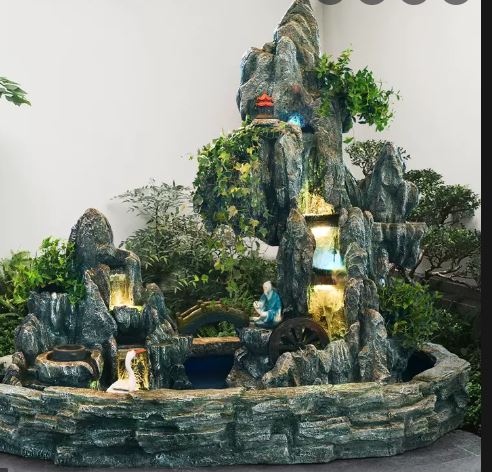Contact Me: howtopbestinfo@gmail.com
Contact Me: howtopbestinfo@gmail.com

The djembe-drum is an African drum that has been played for centuries in West Africa and other parts of the continent. It typically consists of a single head, made from goatskin or synthetic material stretched across a wooden frame. The shell may be carved with patterns to give it visual appeal as well as enhance its sound quality.
Traditionally, Djembes are used in ceremonial settings such as weddings and funerals but they can also be found at festivals, parties and even concerts!
The most appealing aspect about playing the djembe-drum lies within its versatility; this instrument can produce any number of sounds depending on how one strikes it (with hands) - whether softly tapping out intricate rhythms or loudly banging away forceful beats through hand slaps against leather skin – which makes learning different techniques both fun & rewarding too!
Furthermore new players often find great satisfaction by being able to create music right away without having learnt theory first so much like many musical instruments there's no need for years' worth’s practice before you start enjoying yourself...you just have to jump straight into whatever takes your fancy!.
More importantly though than simply making noise ,the act itself brings with it some amazing benefits including improved focus..
The djembe drum is a traditional West African instrument that has been played for centuries. It originated in Mali, Guinea and Ivory Coast and was used to accompany the music of various tribes as well as being an integral part of ceremonies such as funerals or initiations into adulthood.
The name ‘djembe’ comes from the Bambara language meaning 'gathering together' which reflects its widespread use across tribal boundaries within Africa.
Traditionally carved out of wood with animal skin stretched over one end, today's drums are made using synthetic materials like plastic but many players still prefer those constructed with natural resources due to their superior sound quality - something essential when playing at high volume levels during performances!
Djembes have become popular all around world thanks largely influence by Fela Kuti who incorporated them heavily into his Afrobeat style; they provide a powerful driving beat underpinning modern styles including Reggae & Highlife while also having tremendous crossover potential (as demonstrated through collaborations between jazz musicians).
Djembés offer huge creative freedom due to wide variety sizes available plus range tuning possibilities – enabling users create unique sounds depending on how hard/soft hit surface area chosen..
To sum up, the djembe-drum is a great percussion instrument that has been around for centuries and can be used in many different music genres. It produces an incredible range of sounds from deep bass tones to high pitched jingles which can create beautiful rhythms when played together in harmony. The drum also encourages creativity as it allows you to express yourself through its unique soundscapes - something very few other instruments could offer!


Etiam porta sem malesuada magna mollis euismod. Cras mattis consectetur purus sit amet fermentum. Aenean lacinia bibendum nulla sed consectetur.
2045-03-02 00:00:00.000000
2045-03-03 00:00:00.000000
2045-03-04 00:00:00.000000
2045-03-05 00:00:00.000000